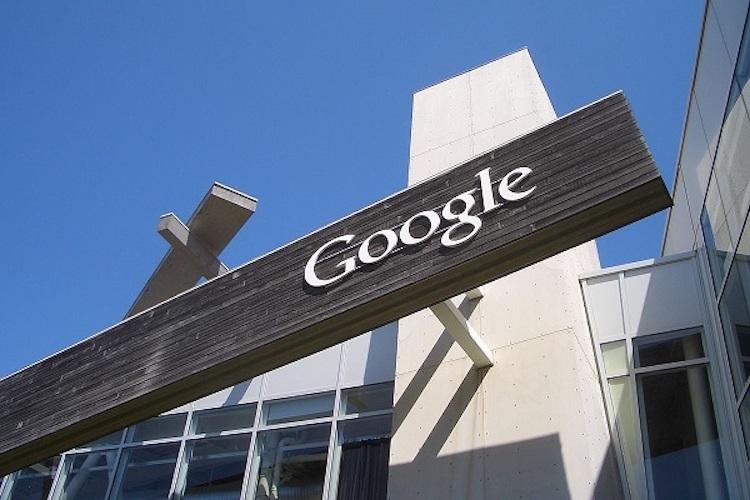The feature is currently available only for a few languages, although Google plans to bring it to more languages soon.
In a bid to reduce gender biases in its translation service, Google has started rolling out a feature that provides feminine and masculine translations for some gender-neutral words on the Google Translate website.
The feature is currently available only for a few languages, although Google plans to bring it to more languages soon.
So one can now translate single words from English to languages like French, Italian, Portuguese, or Spanish. As of now, translations for short phrases and sentences that mention a person in a gender-neutral way is available for the English and Turkish language pair.
“In the future, we plan to extend gender-specific translations to more languages, launch on other Translate surfaces like our iOS and Android apps, and address gender bias in features like query auto-complete,” James Kuczmarski, Product Manager, Google Translate, said in a blog post on Thursday.
Google Translate learns from hundreds of millions of already-translated examples from the web.
Historically, it has provided only one translation for a query, even if the translation could have either a feminine or masculine form.
So when the model produced one translation, it inadvertently replicated gender biases that already existed.
For example, it would skew masculine for words like “strong” or “doctor,” and feminine for other words, like “nurse” or “beautiful.”
“Now you’ll get both a feminine and masculine translation for a single word – like ‘surgeon’ when translating from English into French, Italian, Portuguese or Spanish,” Kuczmarski said.
“You’ll also get both translations when translating phrases and sentences from Turkish to English. For example, if you type ‘o bir doktor’ in Turkish, you’ll now get ‘she is a doctor’ and ‘he is a doctor’ as the gender-specific translations,” Kuczmarski said.
The new feature is part of Google’s efforts to promote fairness and reduce bias in Machine Learning.
Google said it is also thinking about how to address non-binary gender in translations, though it is not part of this initial launch.
- IANS
- Friday, December 07, 2018

